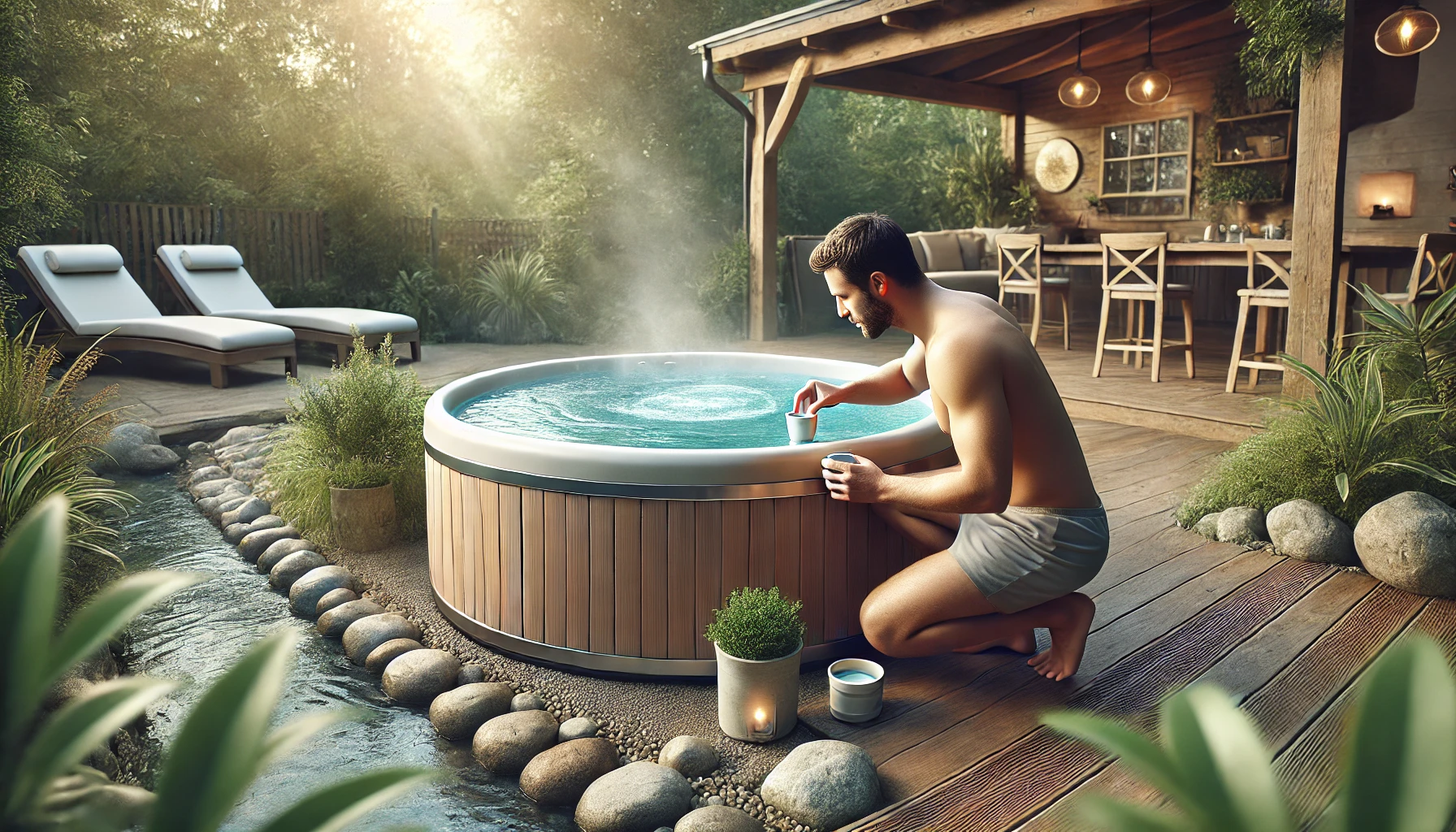
Overview
Total Alkalinity (TA) is the first parameter we’re going to discuss in managing the chemistry in your hot tub. TA is important to us because it buffers changes to pH. Buffering means that before anything can impact pH, it has to impact TA first.
When your TA is high, you need a lot of chemicals to change the pH of the water. When the TA is low, you need very little chemicals to change the pH of the water. High TA makes it easier for the pH to rise with aeration (hot tub jets with air valves open) and low TA makes it easier for the pH to bound around erratically.
Why does this matter?
pH, which we’ll discuss next, is a crucial parameter to monitor to ensure balanced water. Since TA goes hand-in-hand with pH, it’s also important to measure and understand the impact that TA has on pH.
How do I measure TA?
Measuring TA through a drop test is the most accurate method reasonably available to the average hot tub owner. Test strips, when they are accurate, can tell you if your TA is within a large range of values but lacks the specificity to make dosing decisions.
I prefer the Taylor drop test kits, but there are others available on the market including a fairly affordable HTH test kit sold in big box stores such as Lowes.
What is a good TA for my hot tub?
There’s no specific TA that is good or bad per se, though a TA lower than 40 could cause pH to be too unstable so you probably want to stay above that number. Standard recommendations are somewhere between 80 and 150.
Generally speaking, the right TA level is the one that doesn’t allow your pH to rise too quickly. If you’re running the jets in your hot tub and your pH is staying within an acceptable range (usually 7.2 to 7.8) then your TA is likely at the right level for your hot tub.
I personally find that around 70 TA produces a stable pH in my hot tub.
How do I change TA in my hot tub?
Most commonly you’ll change TA by using pH down (Dry Acid), Muriatic Acid, Baking Soda (Alkalinity Increaser) or pH up.
- pH down (Dry Acid) will lower both the pH and the TA.
- Muriatic Acid will lower both the pH and the TA but won’t add sulfates to the water that can damage heaters.
- Baking Soda will increase TA but generally not move pH.
- pH up will increase both the pH and the TA.